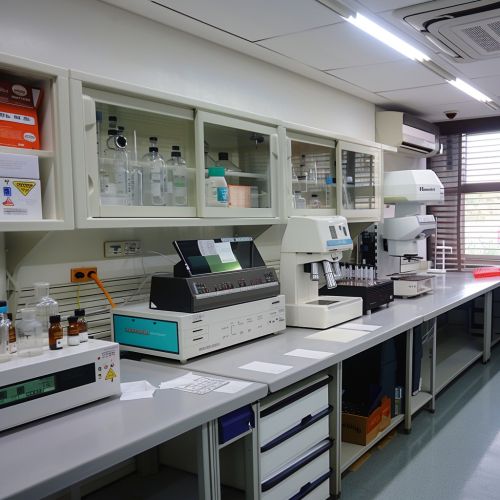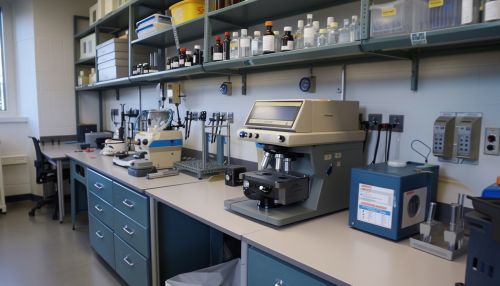Bert Sakmann
Early Life and Education
Bert Sakmann was born on June 12, 1942, in Stuttgart, Germany. He developed an interest in the natural sciences at a young age, particularly in the field of biology. He attended the University of Tübingen, where he studied medicine. Sakmann's interest in the human body and its functions led him to specialize in cell biology and physiology. After completing his medical degree, he went on to pursue a doctorate in neurophysiology.


Career and Research
Sakmann began his career as a research scientist at the Max Planck Institute for Medical Research in Heidelberg, Germany. Here, he worked under the guidance of Otto Creutzfeldt, a renowned neurophysiologist. Sakmann's research primarily focused on the functioning of single cells in the brain, specifically the ion channels in the cell membrane.
In 1976, Sakmann and his colleague Erwin Neher developed the patch-clamp technique, a revolutionary method that allows for the study of individual ion channels in cells. This technique was a significant advancement in the field of cell physiology, as it enabled scientists to observe the detailed activity of ion channels and how they control the electrical charge across cell membranes.
Sakmann's research has significantly contributed to our understanding of how cells communicate with each other. His work has had a profound impact on various fields, including neurobiology, pharmacology, and medicine.
Patch-Clamp Technique
The patch-clamp technique is a high-resolution method used to study the function of ion channels in cell membranes. This technique involves the use of a glass pipette, which is attached to the cell membrane to form a 'patch'. The pipette can then measure the current flow through individual ion channels, providing detailed information about their activity.
The development of the patch-clamp technique revolutionized the field of cell physiology. It has been instrumental in the discovery of numerous ion channels and their roles in various physiological processes. The technique has also been crucial in the development of drugs targeting ion channels, which are used in the treatment of various diseases such as epilepsy, hypertension, and cystic fibrosis.
Awards and Honors
In recognition of his significant contributions to the field of cell physiology, Sakmann has received numerous awards and honors. In 1991, he and Erwin Neher were awarded the Nobel Prize in Physiology or Medicine for their development of the patch-clamp technique.
Sakmann has also been awarded the Gottfried Wilhelm Leibniz Prize by the German Research Foundation, the Harvey Prize by the Technion – Israel Institute of Technology, and the Albert Lasker Basic Medical Research Award. He is a member of the German Academy of Sciences Leopoldina and the National Academy of Sciences of the United States.
Personal Life
Sakmann is married and has two children. He is known for his passion for science and his dedication to his research. Despite his numerous achievements, he remains humble and continues to contribute to the field of cell physiology.
